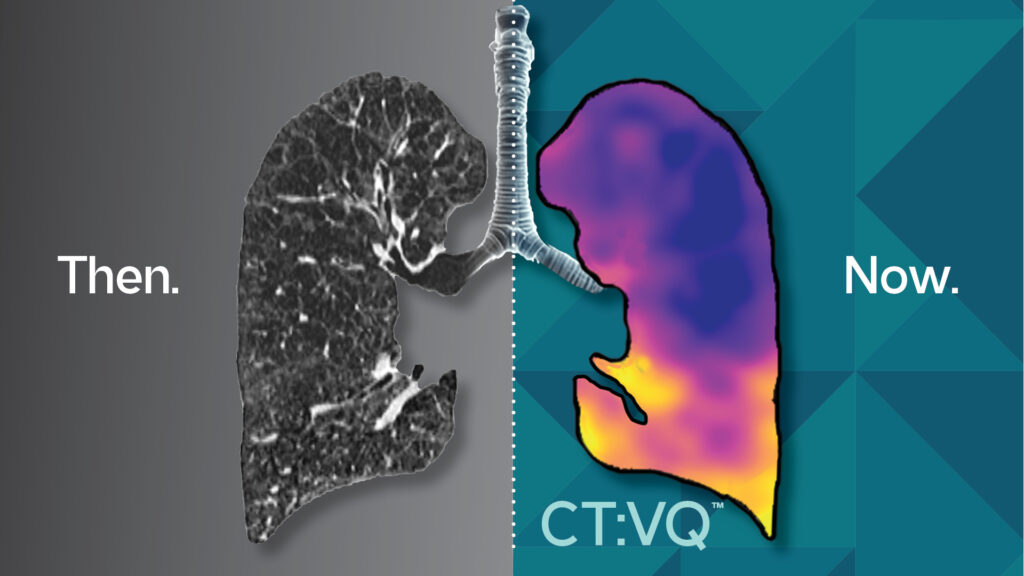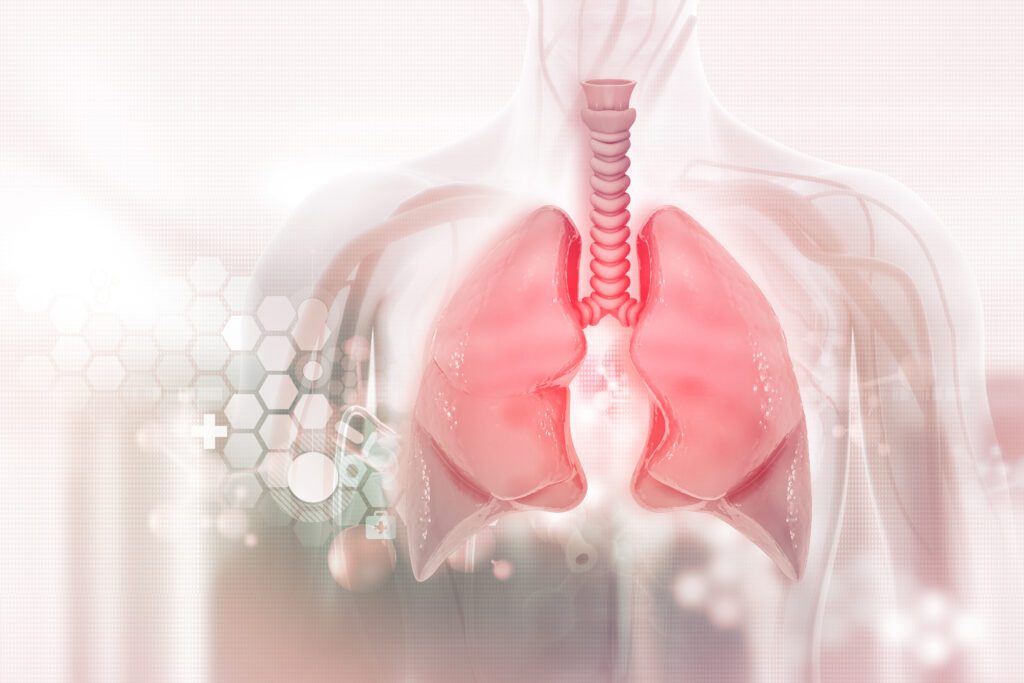CT:VQ™ Redefines Lung Imaging: FDA Clearance Makes Non-Contrast V/Q Scans a Reality

In a landmark move for pulmonary diagnostics, 4DMedical’s CT:VQ™ earned FDA 510(k) clearance in September 2025, marking it as the first and only non-contrast ventilation–perfusion (V/Q) imaging solution. The technology is available via routine chest CT scans. With CMS confirming reimbursement under Category III CPT codes (on top of the existing chest CT payment), CT:VQ™ is poised to redefine accessibility and efficiency in functional lung imaging.
Understanding Lung Perfusion: What is it? Why does it matter? And how is it measured?

Lung health is essential for overall wellbeing. A key aspect of healthy lungs is their ability to efficiently transfer oxygen into the blood. This process relies on both the flow of air (ventilation) and the flow of blood (perfusion) through the lungs. While ventilation is about how well air moves in and out, perfusion refers to the movement of blood through the lungs’ fine network of blood vessels. Both are crucial, but today we’ll take a closer look at lung perfusion: what it is, when and why it’s measured, and how advanced imaging technologies are enhancing our understanding of it.
Bridging the Gap: Overcoming Barriers to Preventive Cancer Screenings for At-Risk Populations

A recent study conducted at Massachusetts General Hospital in Boston revealed that patients who are most in need of preventive screenings for breast, lung, and colorectal cancers are actually less likely to receive screenings compared to patients with lower risk factors. For many cancers, like lung cancer, the disease is often diagnosed at later stages, making treatment more difficult. Preventive lung CT scans have been shown to reduce lung cancer mortality by 20–25% in high-risk populations.
Understanding and Prioritizing Women’s Lung Health

Respiratory disease among women often goes under-recognized and under-treated. The number of women being diagnosed with lung disease is on the rise, and women are usually diagnosed at a later stage and dying from lung disease at higher rates than men. You probably didn’t know that lung cancer is the leading cause of cancer deaths in women, surpassing even breast cancer. Research indicates that women are more susceptible to certain types of lung cancer, such as adenocarcinoma, even if they have never smoked. This susceptibility is thought to be linked to genetic, hormonal, and environmental factors.
The Impact of Stress on Lung Health: Understanding the Connection

Stress is an inevitable part of life, affecting us physically, mentally, and emotionally. While we often associate stress with its psychological impacts, its effects on physical health, particularly on organs like the lungs, are equally significant. The respiratory system, comprising the lungs and airways, is crucial for our survival, facilitating the exchange of oxygen and carbon dioxide. Stress is known to trigger asthma attacks or worsen existing symptoms.
Breathing Easy: The Interplay Between Economic Stability and Lung Health

The relationship between health and economic stability is multifaceted and profound, extending to virtually every aspect of our well-being. One area where this connection is particularly evident yet often overlooked is respiratory health. Economic stability has a substantial impact on lung health outcomes for individuals and communities.
Social Determinants of Health and Lung Health

There is the age-old question of nature vs. nurture when it comes to human behavior or health. While we may have no control over our genetics, it’s critical to examine the social determinants of health that can influence our long-term well-being. The lungs take one of the biggest hits from external factors as they constantly take in and filter everything we breathe.
